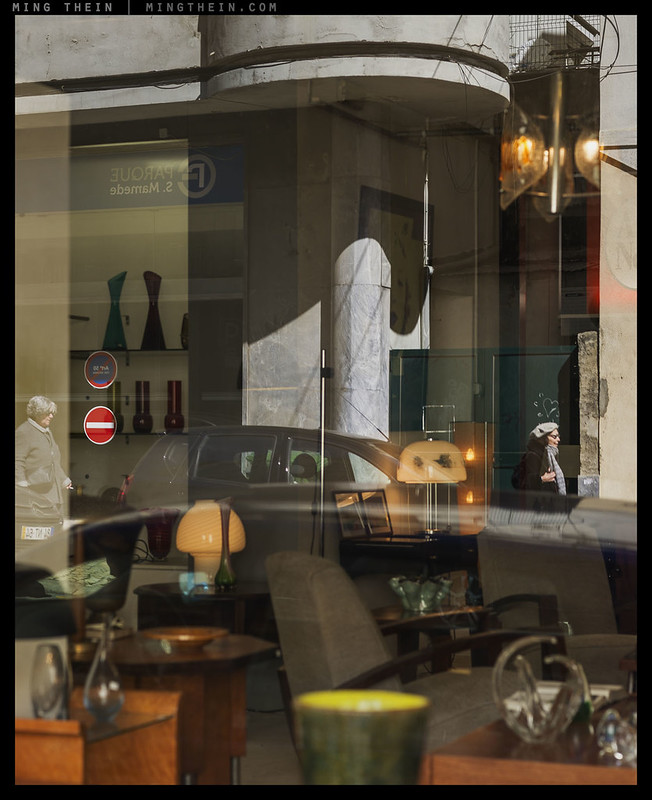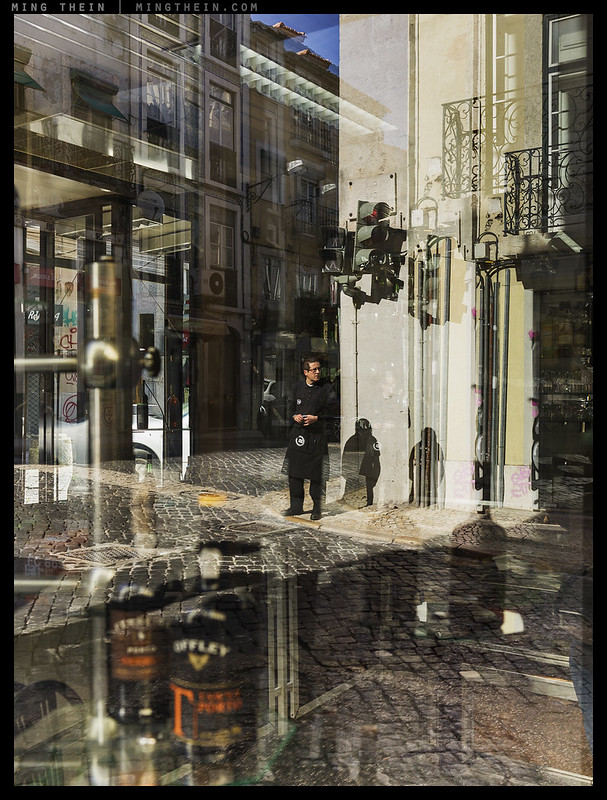Presenting today a mixed bag of wimmelbild (fittingly, some of which is actually from Germany) and general urban patchwork accumulated over centuries – and in some cases, quite possibly millennia. There is something about seeing the evolution of a city in a single place that speaks volumes to the traditions and values of a society. The elements that survive tell us as much about changing priorities as the ones that don’t; often it seems that cultures have to come full circle in order to fully appreciate what they have. From a photographic standpoint, the sheer density of older European cities tends to encourage the kind of layering and stacking that results in a high visual density and elements of interest no matter where you look… MT
This series was shot with a Nikon Z7, mostly the 24-70/4 S and my custom SOOC JPEG profiles, with a couple of cameo appearances from an iPhone 11 Pro.









